WWII Restored Canadian Military Helmet Collectors Weekly
Pin on CHAR + PROP DESIGN

Original Item: One-of-a-kind. This is an excellent true combat example of a genuine Canadian Mark 1 steel helmet that is dated 1941. The stamping on the underside of the rim reads: G.S.W. A E MK I 1941 G.S.W. stands for General Steel Wares of Toronto, who made helmets from 1940 to 1942. The front is marked in original period paint: Mac Kay C.WU The paint is 100% original. This is an excellent.
World War II Canadian Brodie Helmet The War Store and More Military Antiques & Firearms, LLC
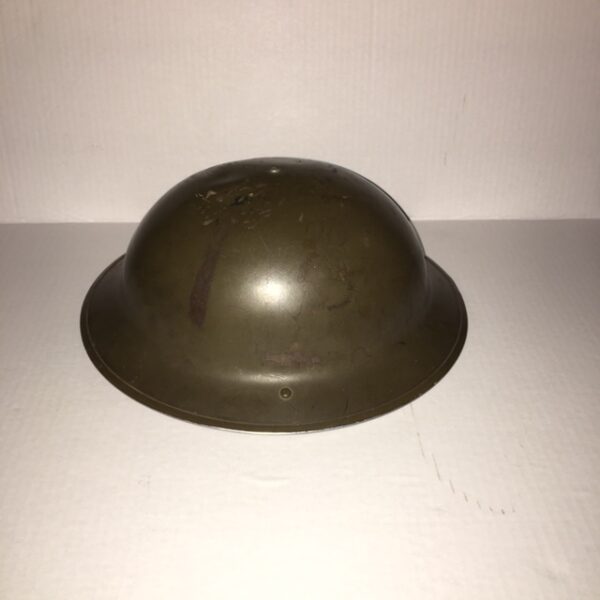
The Mk.II helmet was the standard Canadian Infantry helmet, as used throughout World War II being a modification of the Mk.I helmet what was introduced in April 1916 and used during the First World War. Production of the Mk.II began in 1938 and the first units were delivered to the armed forces in 1939. The Helmet retained its predecessor's.
Helmets Canada at War
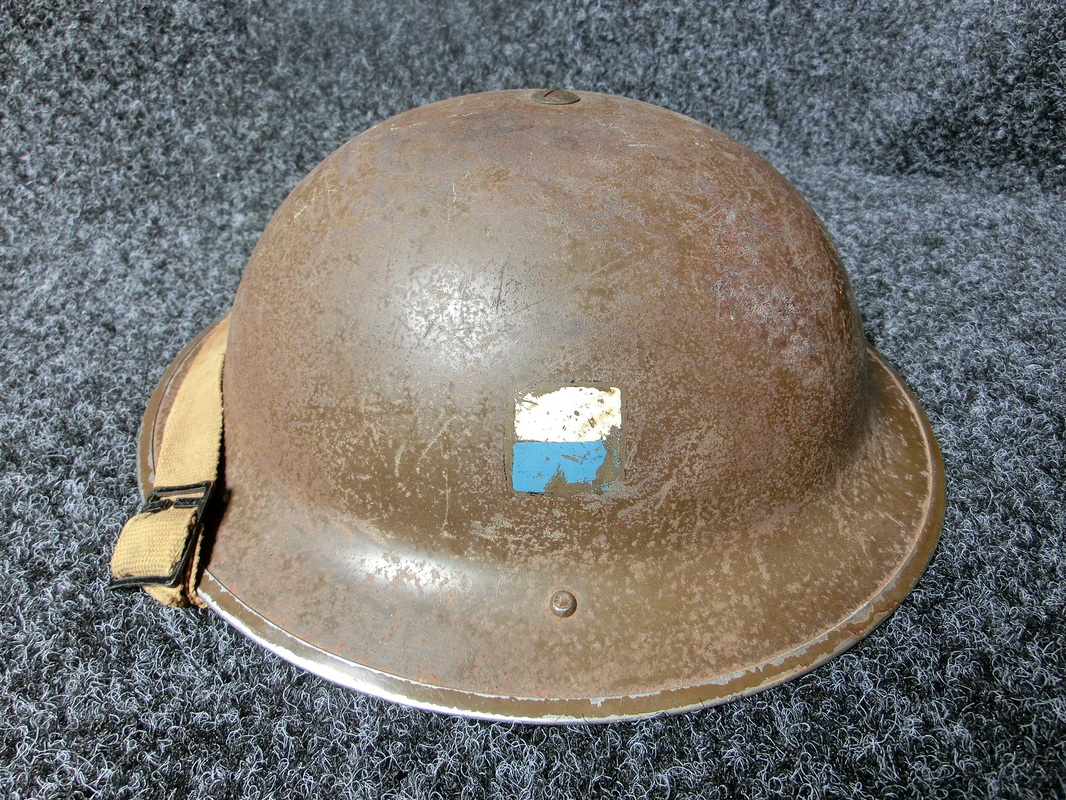
When the Great War broke out in 1914 the Canadian Militia was equipped with a mixture of Oliver valise equipment, Canadian pattern Web Equipment WE08, and Mills Burrowes WE13. L-R: Oliver valise , Canadian Web WE08, Mills Burrowes WE13 The Canadian pattern WE08 was withdrawn from the Militia and issued to some of the new. Continue reading "World War 1 Equipment"
WWII CANADIAN MKII HELMET Switzer's Auction & Appraisal Service

After significant testing, the Imperial German Army fielded the Stahlhelm, or steel helmet, at first in limited numbers to stormtroopers at the Battle of Verdun in February 1916. It proved successful and was in general issue on the Western Front by the end of the year and on the Eastern Front by mid-1917. Constructed of chromium-nickel-steel.
Helmets Canada at War
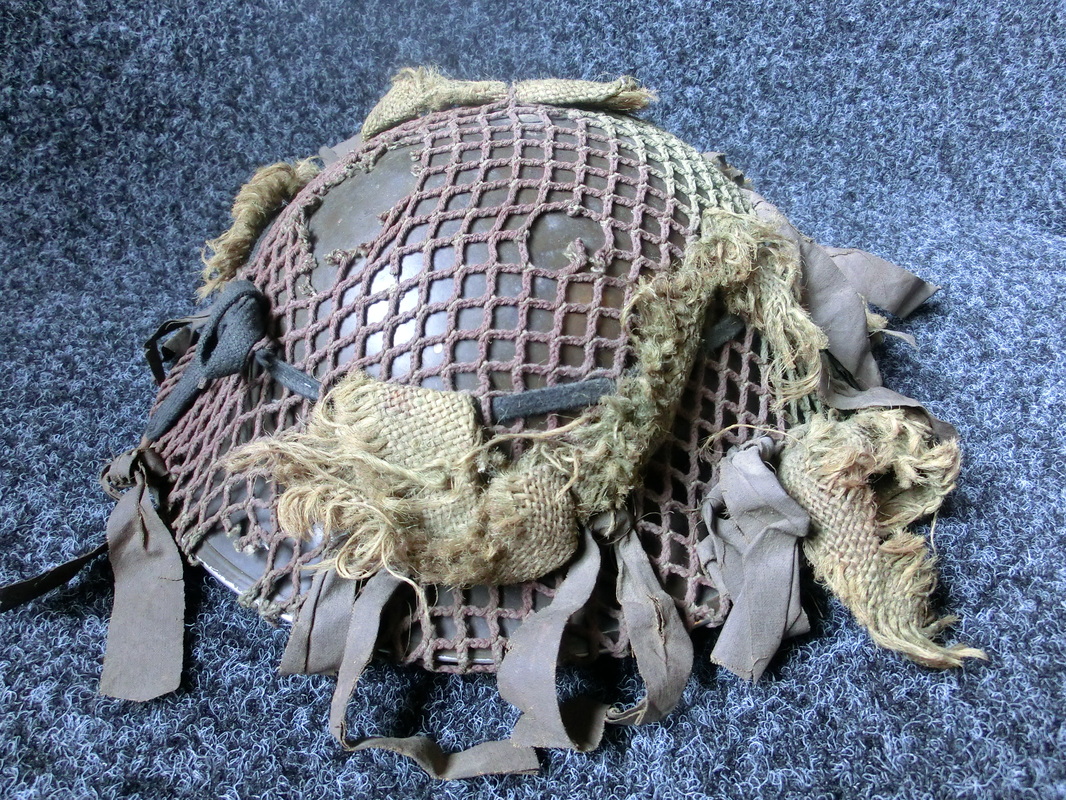
Soft caps like these were initially the only head protection soldiers wore until the introduction of the steel helmet in early 1916. Soldiers sometimes removed the wire stiffener in the peak; the resulting more informal look was against military regulations but provided a greater sense of personal style. Cap CWM 19800833-001. Access to database.
WW II Canadian Helmets

Canadian troops wearing Mark II helmets; England, 1942. Helmet, Steel, Mark II: having purchased British helmets in the First World War and at the outbreak of the Second, Canadian helmet production commenced in 1940. The helmets were identical to the British original, except that the rubber "bumper" pads in the lining were only fitted to.
Combat helmet from World War I used by the 93rd Infantry Division National Museum of African

The British M1902 uniform as worn by Canadian troops in France and Belgium from 1916-1918. The soldier in back is wearing a leather jerkin which was very popular with both British and Canadian troops in cold weather. This soldier of the 173rd Highlanders is wearing the 1903 service tunic, of the doublet cut as issued to Scottish regiments.
SNAFU! Evolution of the Combat Helmet.
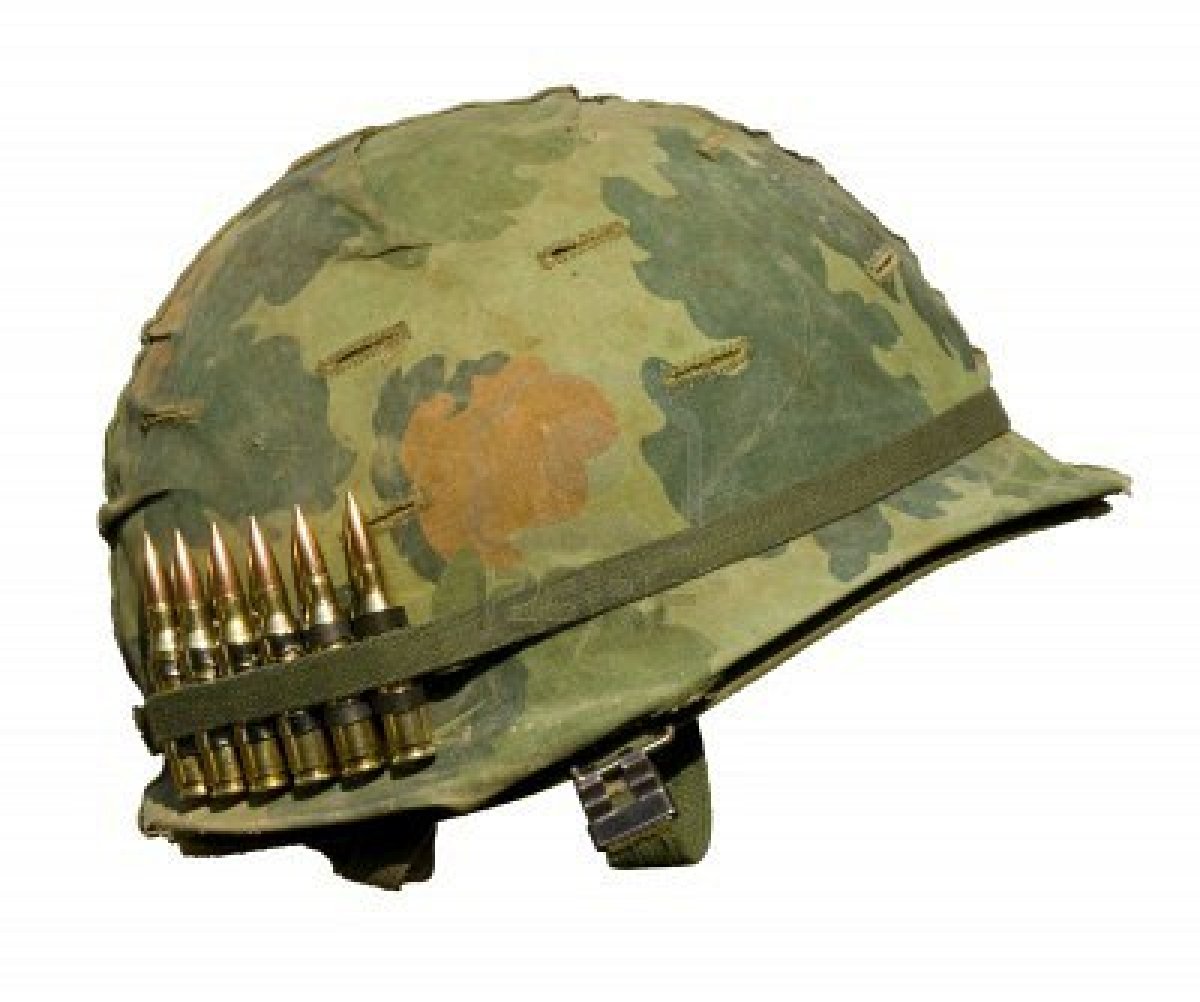
Toggle Confederation to First World War (1867 - 1914) subsection. 2.1 Service Pistols.. This is a list of Infantry weapons used by the Canadian Military throughout its history and military arms used by militaries in pre-Confederation conflicts in Canada.. Brodie helmet; Mk II helmet; Mk III helmet; M1 Helmet; CG634; Protective equipment.
Uniforms and Personal Gear Helmet Canada and the First World War

A high-speed video of a French helmet from World War I being bombarded by a shock wave designed to imitate a blast from German artillery shells a few meters away. Credit: Joost Op 't Eynde, Duke University. The results were published online on February 13, 2020, in the journal PLOS ONE. "While we found that all helmets provided a.
World war 1 german helmet clipart ClipArt Best ClipArt Best
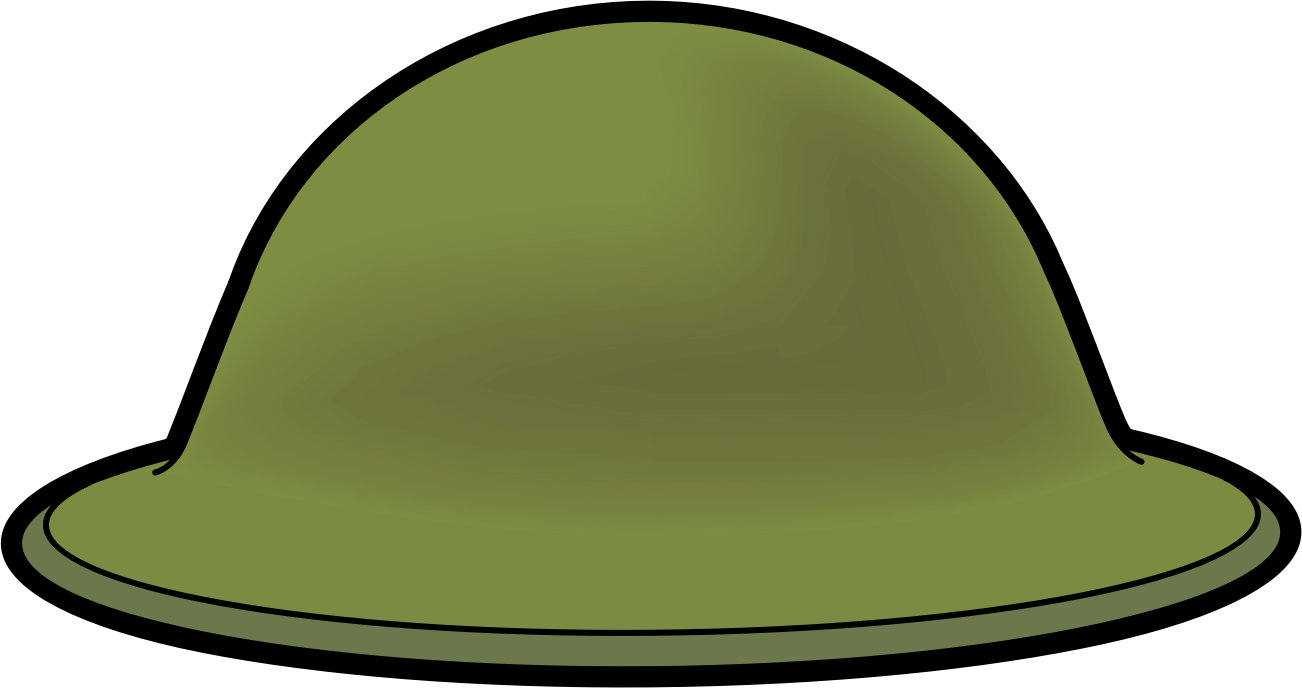
The Mark I helmet was the standard steel helmet used by the British Empire forces. It protected soldiers' heads from shrapnel bullets, shell fragments and other flying debris on the battlefield. All British Empire troops, including the Canadians, used the Mark I helmet as of mid-1916. Soldiers normally wore their helmets near the front line.
Pin on CCCP WW2

Helmet. Helmets, first used at the battle of St. Eloi in Spring 1916, were introduced to help reduce the number of head wounds due to shrapnel and shell fragments. A helmet generally could not stop a bullet fired directly at its wearer. The red rectangle on the front of this helmet indicates its owner served in the 2nd Infantry Battalion.
ww1 Canadian Helmet

The 1st Canadian Parachute Battalion was an airborne infantry battalion of the Canadian Army formed in July 1942 during the Second World War; it served in North West Europe, Landing in Normandy during Operation Tonga, in conjunction with the D-Day landings of 6 June 1944 and in the airborne assault crossing of the River Rhine, Operation Varsity, in March 1945.
The Collector's Guild

A helmet known as the Type 8 was an American-style helmet that had once been made by a medieval armor specialist. The famous French M15 Adrian helmet is also among the collection and became widely used around the world. It was made of heavy gauge steel and was ideal for protecting the soldiers' heads. 1916 Stahlhelm with 1918 camouflage.
World War 1 Canadian soldier's helmet. Found in June 2008 … Flickr

It was updated in the 1930's with an improved liner system as the Model 1917A1. Known as the "Kelly" helmet, it was still in use when the United States entered the Second World War. U.S. Marines wore that pattern while defending Wake Island, and it was still in limited use in the early stages of the war in the Pacific.
Helmets Canada at War
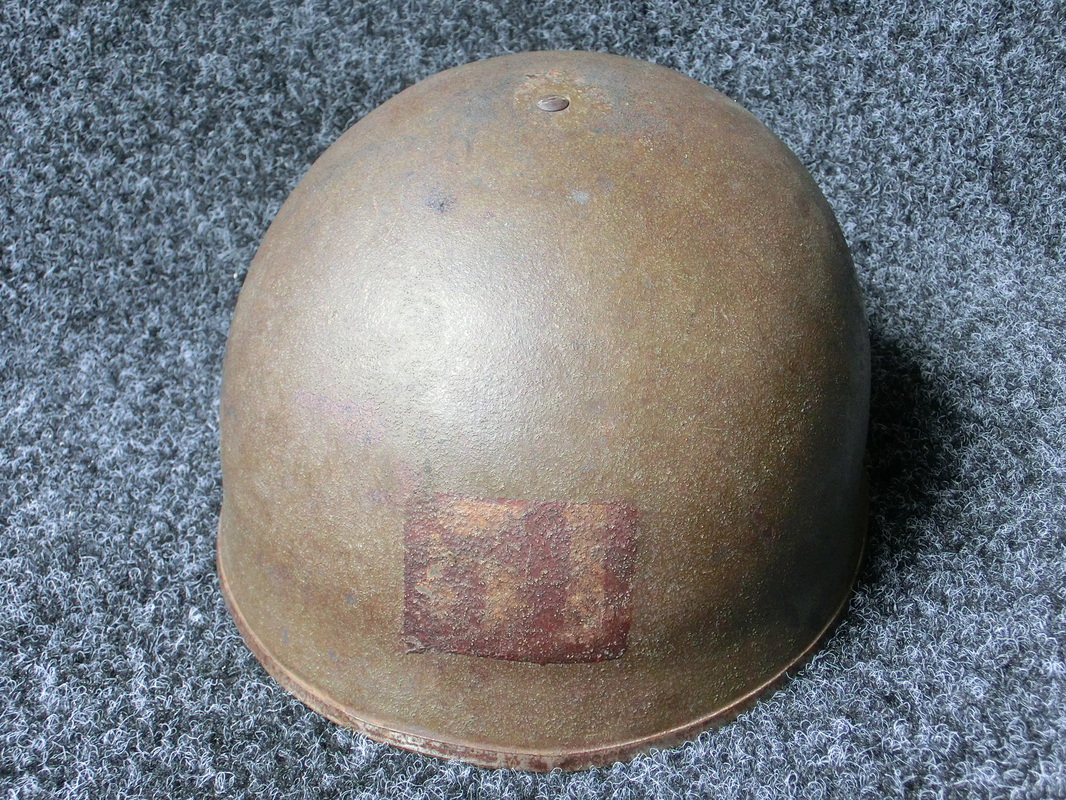
Canadian Expeditionary Force Steel Helmets. The Type A and B Brodie Helmet. In June 1915, the War office in London had concluded that some sort of steel helmet was required to protect the head and shoulders of troops locked in trench warfare. The intent of the Helmet, Steel, Mark 1 was not to prevent a bullet from penetrating into the wearer's.
WW1 Canadian 7th Infantry Battalion 1st Canadian Division Brodie Steel Helmet. A very good exampl

Canada portal. v. t. e. The military history of Canada during World War I began on August 4, 1914, when the United Kingdom entered the First World War (1914-1918) by declaring war on Germany. The British declaration of war automatically brought Canada into the war, because of Canada's legal status as a British Dominion which left foreign.
.